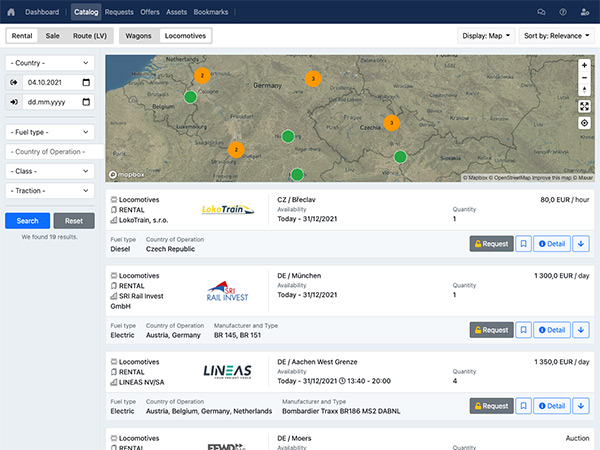GNTC, in cooperation with Rail Logistics Europe (SNCF Group) and Altermind, has published a new report on the development of combined transport. Combined transport offers considerable advantages for the sustainable transport of goods: that is why the public authorities in France are promoting its development. According to the National Rail Freight Strategy, the aim is to triple its volume over the next 10 years.
Combined transport is the most dynamic segment of rail freight transport and now accounts for 39% of rail freight transport. Demand for intermodal transport is very strong, supported in particular by the crisis in road transport (inflation, supply difficulties, driver shortages) and by shippers' objectives of decarbonization and energy sobriety. However, the development of combined transport in France faces two problems: (a) the management of rail network capacity favors optimizing the work itself over the availability of infrastructure for long-distance transport, and (b) the poor condition of terminals, most of which are managed by SNCF Réseau, which reduces the quality of the services offered by operators and makes it impossible for them to accommodate all trade flows. The current priorities are therefore to modernize the infrastructure and increase the capacity of the railways for combined transport; to support combined transport operators; and to support demand, both regulatory and financial.
To achieve the objective of increasing the volume of combined transport, it is essential to coordinate the activities of the various stakeholders and to mobilize public resources wisely. To ensure the success of this plan, the State will play a crucial role in providing incentives, coordination, and funding. In particular, it must ensure the maximum involvement of another key player, SNCF Réseau. If these measures are implemented, the first tangible results could be seen in 2027, when the volume of combined transport could increase by 60%, saving 1.1 million tonnes of CO2 and 353 000 tonnes of oil equivalent (approximately 450 000 additional lorries off the road). A tripling of combined transport in 2030 would then reduce CO2 emissions by more than 2 million tonnes of avoided CO2 emissions in one year, i.e. more than €600 million.

